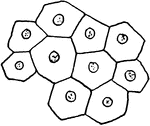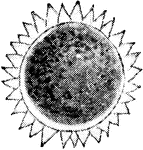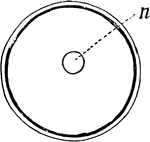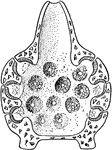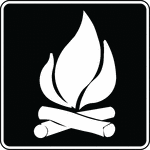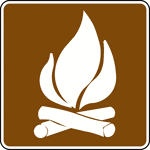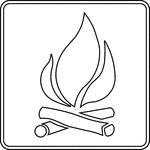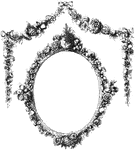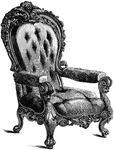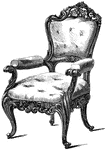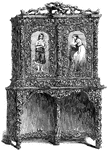
Wood Meadow Grass
Wood Meadow Grass (Poa nemoralis) grows from eighteen inches to two feet high. It has a perennial, creeping…

Wood Hair Grass
Wood Hair grass (Aira flexuosa), also known as Common Hair grass, is a common grass found on dry and…
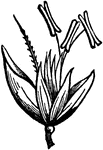
Wood Hair Grass
Wood Hair grass (Aira flexuosa), also known as Common Hair grass, is a common grass found on dry and…
Finger-spiked Wood Grass
Fiinger-spiked Wood Grass (Andropogon furcatus) grows about four feet high. The leaves are smooth, the…

Finger-spiked Wood Grass
Fiinger-spiked Wood Grass (Andropogon furcatus) grows about four feet high. The leaves are smooth, the…

Finger-spiked Wood Grass
Fiinger-spiked Wood Grass (Andropogon furcatus) grows about four feet high. The leaves are smooth, the…

Finger-spiked Wood Grass
Fiinger-spiked Wood Grass (Andropogon furcatus) grows about four feet high. The leaves are smooth, the…

Wood Mower
The Walter A. Wood Mowing and Reaping Machine Co. manufactured this reaper. By 1860 he had an improved…

Sigillaria, An Ancient Tree
Sigillaria is the generic name assigned to this ancient arborescent lycopod. Occassionally the trunks…
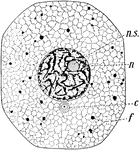
Typical amimal cell
A typical cell consists of two portions, one, te firmer, forming an excessively delicate meshwork enclosing…
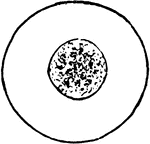
Blood cell
Blood cell function is to transport nutrients and oxygen to the cells; wastes and carbon dioxide to…
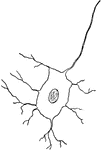
Nerve Cell
Animal nerve cells are specialized cells called neurons. Figure 1C is a nerve cell with parts of its…

Amoeba
Difflugia one of several genera of amoebozoa that produce shells or tests from granules of sand. These…
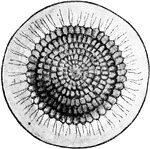
Volvox
Volvox is one of the best-known chlorophytes, a division of green algae, and is the most developed in…

Sponge Develoment
The sponge, a many celled animal, begins its life as a single-cell, the egg. First division in into…
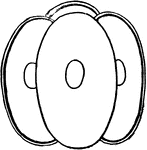
Sponge Develoment
The sponge, a many celled animal, begins its life as a single-cell, the egg. Second division into the…
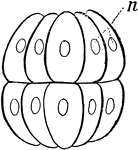
Sponge Develoment
The sponge, a many celled animal, begins its life as a single-cell, the egg. Fourth division into a…
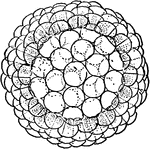
Sponge Develoment
The sponge, a many celled animal, begins its life as a single-cell, the egg. The continued division…
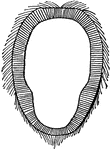
Sponge Develoment
The sponge, a many celled animal, that begins its life as a single-cell, the egg. The continued division…

Sponge Develoment
The sponge, a many celled animal, begins its life as a single-cell, the egg. After division of cells…

Sponge
The young sponge, a many celled animal, that begins its life as a single-cell, the egg. A section of…

Flatworm
Flatworms are flattened, leaf-like forms living in damp places on land, in freshwater streams of ponds,…
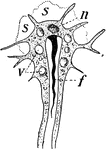
Flatworm
Flatworms are flattened, leaf-like forms living in damp places on land, in freshwater streams of ponds,…
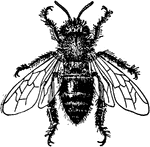
Honey Bees
Bees are flying insects closely related to wasps and ants. Honey bees (or honeybees) are a subset of…

Honey Bees
Bees are flying insects closely related to wasps and ants. Honey bees (or honeybees) are a subset of…
Carpenter Bee
Carpenter bees are large, hairy bees distributed worldwide. Their name comes from the fact that nearly…
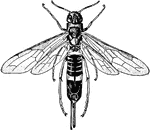
Pigeon Horntail
An insect known as the pigeon horntail (Tremex columba) deposits its eggs, by means of a strong, piercing…

Wood Thrush
"Wood Thrush. Upper parts, including the surface of the closed wings, tawny-brown, purest and deepest…
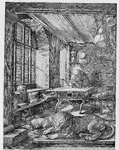
St. Jerome In His Cell
St. Jerome in his Cell is an engraving that was created by German artist Albrecht Dürer in 1514.…

Metallic Wood-Boring Beetle
Gyascutus planicosta is a species of Metallic Wood-Boring Beetles in the Buprestidae family.

Massacre of the Innocents
This wood sculpture is a design of a group of angels, carrying the slaughtered innocents of Herod's…

Wood Carving
This wood carving shows an arrangement of the vine in Gothic form. The center is Virgin and Child with…
Boar Hunt Frieze
This Frieze is sculptured in wood. It represents a boar hunt in the olden times. It is done in alto-relievo…

Wood Carving
This wood carving is sculptured in alto-relievo which is a high relief. The design shows field animals…

Secretaire
This secretaire is a Renaissance design that is made out of walnut wood and inlaid with ivory, ebony…
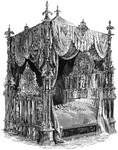
Bedstead
This bedstead is made out of locust wood. It is decorated with a series of statuettes and bas-relief.

Cabinet
This cabinet is made out of dark wood and inlaid with marbles and stones of different colors. The cabinet…

Cabinet
This cabinet is made out of walnut wood and ebony. It is richly carved in an Italian design.

Alms Basin
Used in most religions to collect money for the religious center or the poor. This alms basin is used…
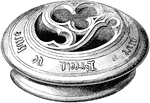
Alms Basin
Used in most religions to collect money for the religious center or the poor. This alms basin is used…

Wood Carving
This wood carving represents spring which is symbolized by forty-seven varieties of plants.
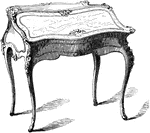
Writing Desk
This writing table is designed in a French style. It is inlaid with tulip wood in flowers and scrolls.
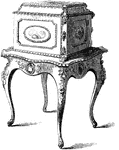
Jewel Case and Stand
The jewel case and stand is used to store jewelry. It is made out of New Zealand wood.
